Embark on a journey of soulful simplicity with Wabi Sabi home decor, where imperfection is celebrated as a source of beauty and inspiration. This article explores the art of curating spaces that exude warmth, authenticity, and understated elegance. From weathered wood accents to vintage textiles, discover how to infuse your home with the timeless charm of Wabi Sabi, inviting you to find beauty in the everyday and cherish the imperfect moments that make life truly meaningful.





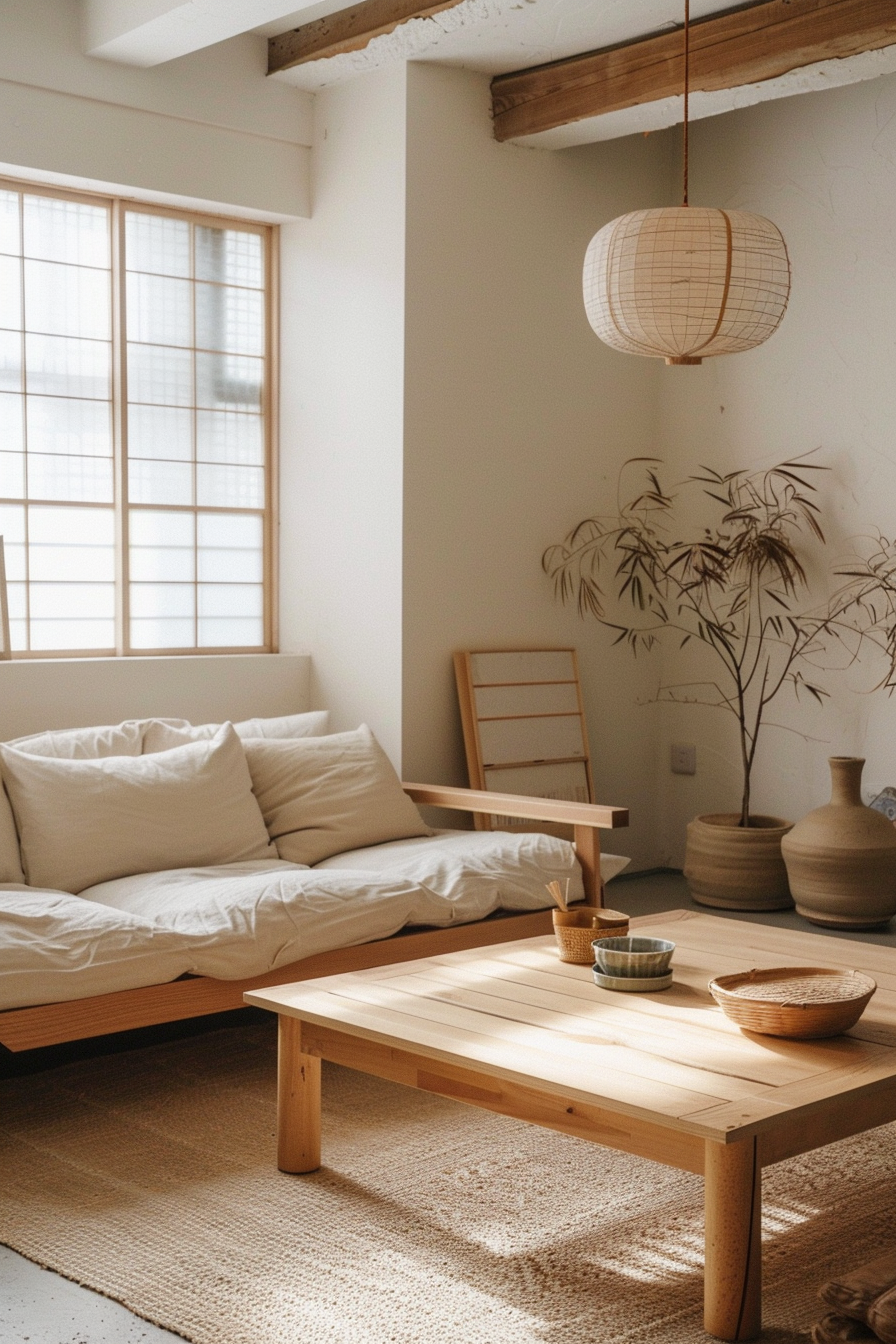








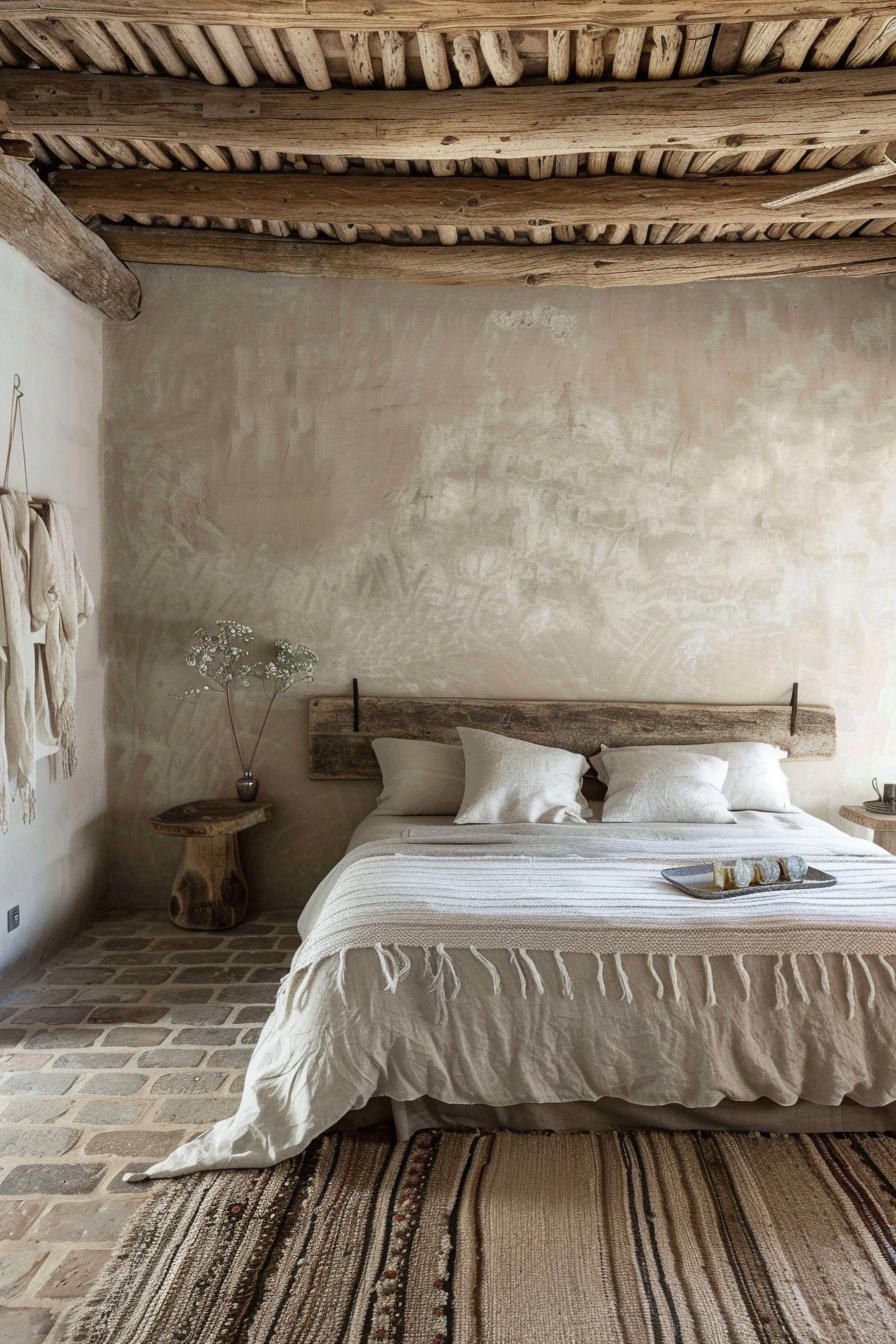












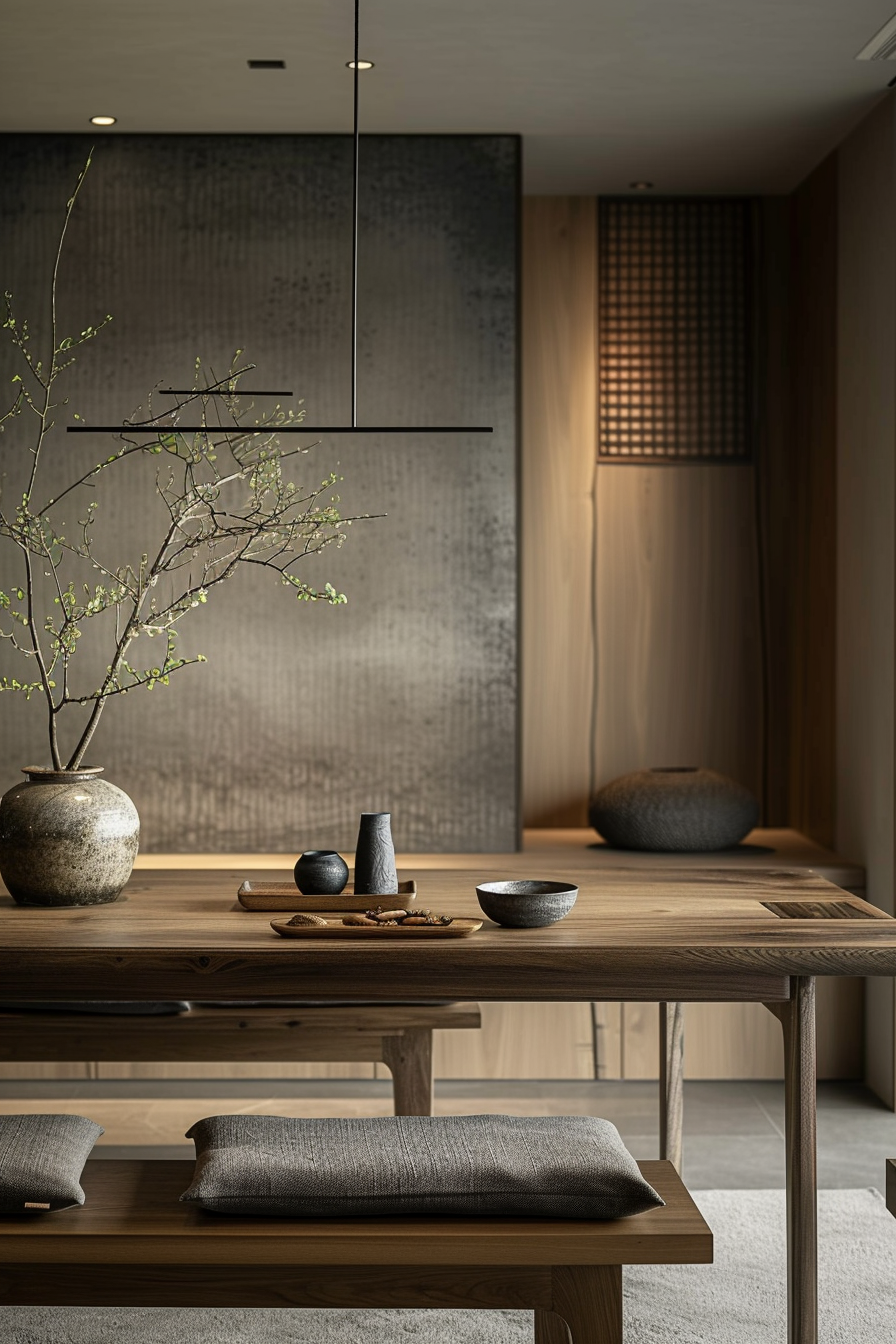












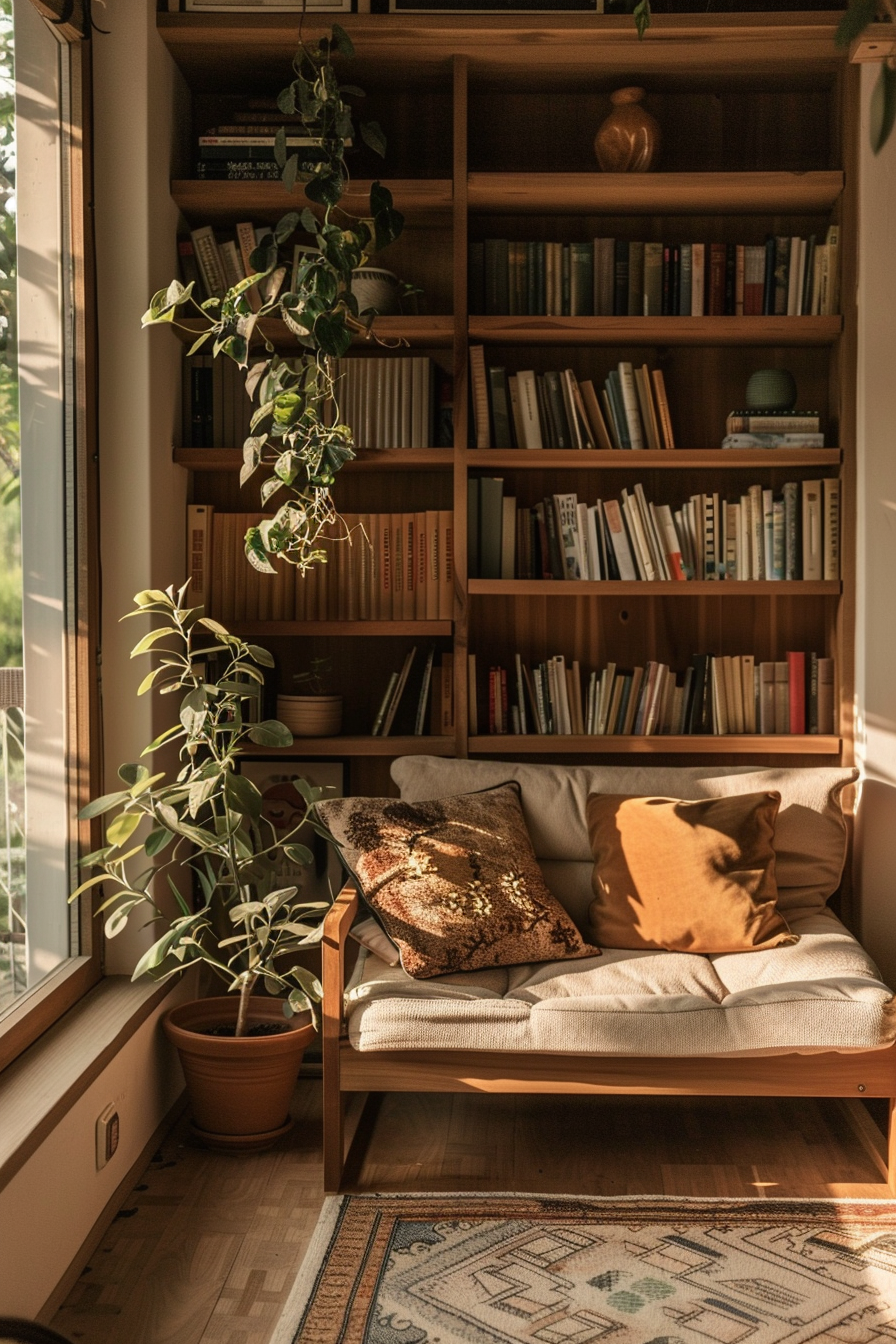

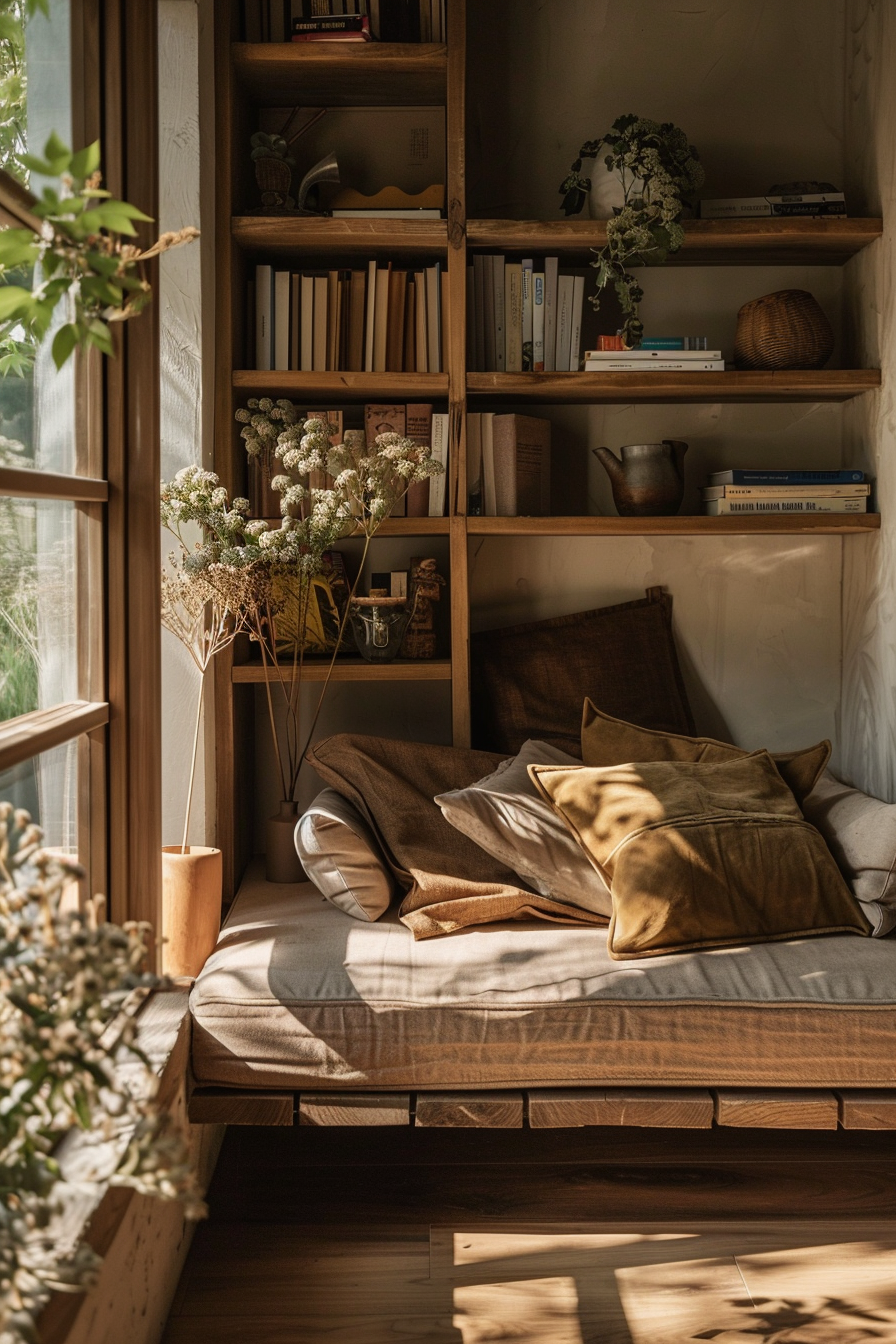





Follow Quiet Minimal on Pinterest for more home design tips and inspiration.


